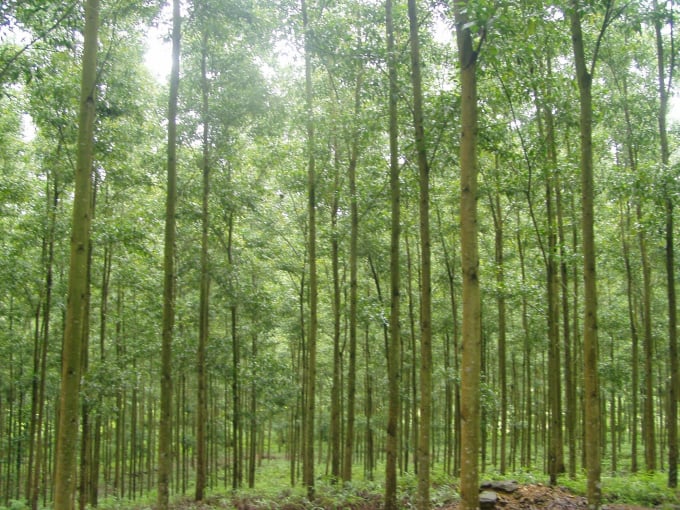Economics
Acacia is the backbone of Vietnam’s planted forests: supplying sawn timber, artificial boards (MDF/HDF), and pulp; orienting towards shifting to large-diameter timber to increase value/hectare.
Linking households – cooperatives – factories helps finalize off-take contracts, apply traceability, access green credit, and negotiate good prices when consolidating lots.
Extending the cycle appropriately reduces premature harvesting, treating the forest as a stable income-generating asset for households.

Ecology
Acacia forests cover the soil, reduce erosion, and improve microclimate if properly planned; monoculture risk is reduced by stream buffer strips, intercropping with native bands, and soil – water protection.
Arranging grassy cover strips and contour ditches for better water infiltration; aiming for forest certification criteria when conditions allow.
Social Significance
Creating widespread employment: seedling nursery, planting, tending, harvesting, transportation, processing; stable income helps families be proactive about their children’s education.
Companion businesses can support labor protection, periodic health checks, stream – village road cleanup programs, increasing community cohesion.
Well-managed acacia forests become regional assets, forming the foundation for responsible forest economy.

 VI
VI


